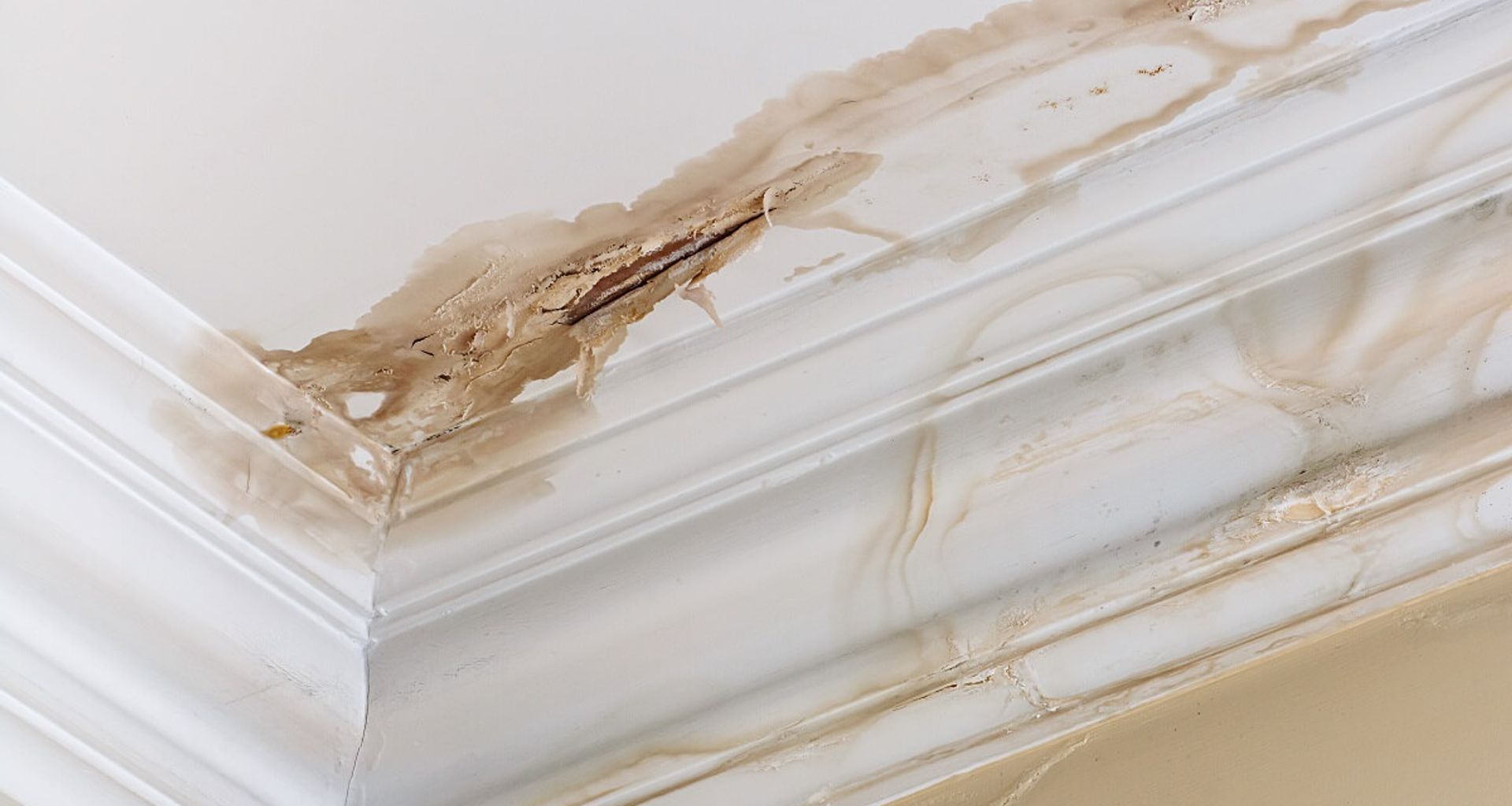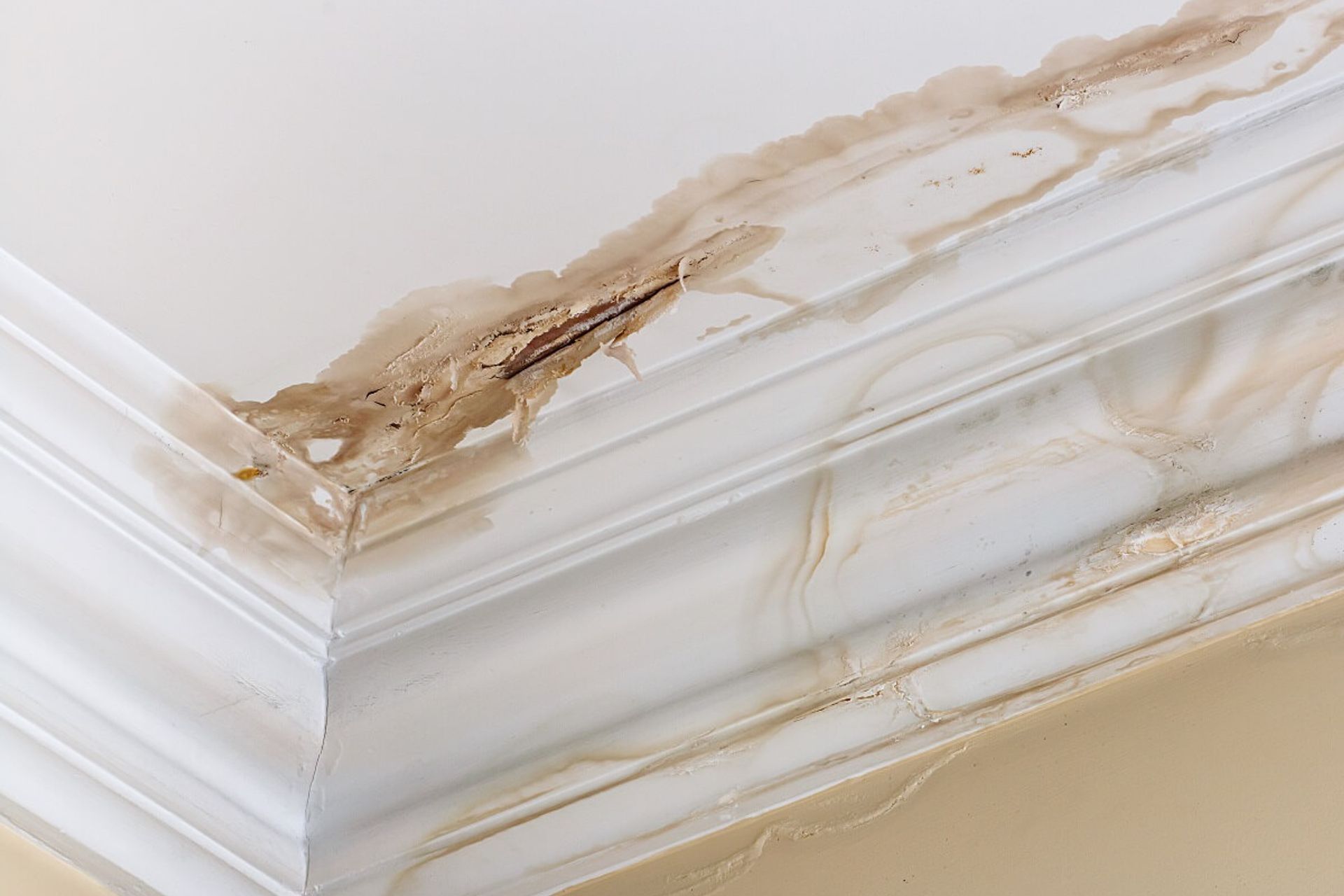7 Red Flags that you’re living in a leaky home

If you’re the owner of a home built between the early ‘90s and the early 2000s, there’s a chance that your house may be leaky. The leaky homes crisis has affected tens of thousands of New Zealanders in the past decade, with some experts estimating the total cost to be upwards of $20 billion. Leaky homes have plagued Kiwi’s throughout the country and unfortunately, it’s now thought on everybody’s mind when on the hunt for a new house or selling up a property.
Which Houses are the Most Susceptible?
Some houses built from certain materials are more prone to being leaky than others. During the late 90s and early 2000s, it was commonplace to use a type of cladding and technique that wasn’t and isn’t weathertight. If your home was built during this period (particularly if it’s Mediterranean styled), you should consider having it assessed by a professional.
Are You Living in a Leaky Home?
With the term alone often striking fear into the hearts of property owners, living in a leaky home is detrimental to your health and your finances. Both of these factors only get worse as time goes along too, so, it’s necessary to determine whether your home has been built up to scratch or not. Figuring out whether your property is leaky can help you take the necessary steps to fix things up before they get any worse.
Fortunately, there are a few tell-tale signs that you can keep an eye on to work out for yourself whether your home is leaky. Here are seven red flags to look out for:
1. Musty Smells
One of the most obvious signs of a leaky home is the presence of a musty or damp odour. While not all leaky homes will smell, it’s a big warning sign if it does.
2. Ceiling Sagging
After a while, many leaky homes will start to deteriorate due to water being absorbed by the building materials. This becomes apparent when ceilings start sagging or swelling.
3. Rust on the Outside of Your House
Rust indicates the presence and build-up of moisture around your home. Its development anywhere on your home’s fixtures or exterior should be a warning sign.
4. Rotting of Any Exterior or Interior Walls, Windows or Doors
Rot is likely to set in when homes aren’t weather-tight or have leaks. If any area of your home looks like it’s rotting, you may have a moisture problem.
5. Mould Growth
Mould thrives in damp conditions. If you’re noticing a build-up of mould or other fungi, it can be a sign of a leaky home. You should take the necessary steps to assess whether you have mould present in your home.
6. Distorted or Swollen Floors and Walls
Like ceilings, floors and walls are prone to swelling and distortion inside leaky homes. This is one of the most tell-tale signs and one of the most problematic.
7. Cracks on the Exterior of Your Home
Cracks on your home’s exterior indicate degrading materials, an issue that relatively young buildings should not be facing. For leaky homes, it’s common to find cracks and other wear of exteriors. The cracks should not already be starting to show on a 10-year old house.
What to do if You Suspect You’re Living in a Leaky Home
If you suspect that you’re living in a leaky home, the best course of action is to consult a building professional as soon as possible to diagnose issues and plan to tackle the issue. A leaky home will only get worse as time goes on. For the sake of your physical health and finances, you should address the problem head-on!

